Rolling Friction
Rolling friction is the force that resists the motion of a rolling object, such as a ball or a wheel, across a surface. It occurs when an object rolls over a surface and is caused by the deformation of the object and the surface it is rolling on.
Causes of Rolling Friction
Rolling friction is caused by the deformation of the object and the surface it is rolling on. When an object rolls, the surface it is rolling on deforms slightly, and this deformation causes resistance to the motion of the object.
Comparison with Sliding Friction
Rolling friction is generally less than sliding friction, which is the force that resists the motion of an object sliding across a surface. This is why it is easier to roll a heavy object, such as a cart, than to slide it across the same surface.
Factors Affecting Rolling Friction
The amount of rolling friction depends on several factors, including the nature of the surface, the material of the rolling object, and the weight of the object. Rough surfaces and heavier objects tend to have higher rolling friction.
Examples of Rolling Friction
Some examples of rolling friction include the motion of a ball rolling on the ground, the movement of a vehicle's wheels on the road, and the rotation of gears and bearings in machinery.
Study Guide
- What is rolling friction?
- What causes rolling friction?
- How does rolling friction compare to sliding friction?
- What factors affect rolling friction?
- Provide examples of rolling friction.
[Rolling Friction] Related Worksheets and Study Guides:
.◂Science Worksheets and Study Guides Second Grade. Earth's weather and seasons
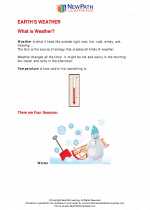
 Worksheet/Answer key
Worksheet/Answer key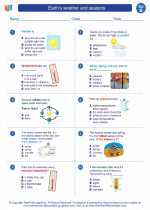
 Worksheet/Answer key
Worksheet/Answer key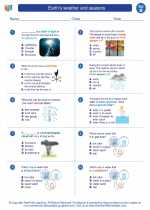
 Worksheet/Answer key
Worksheet/Answer key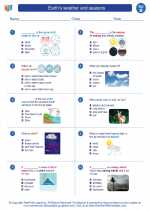
 Worksheet/Answer key
Worksheet/Answer key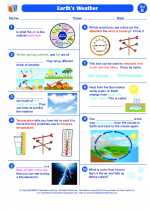
 Vocabulary/Answer key
Vocabulary/Answer key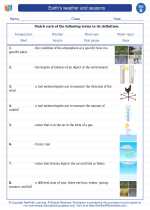
 Vocabulary/Answer key
Vocabulary/Answer key
